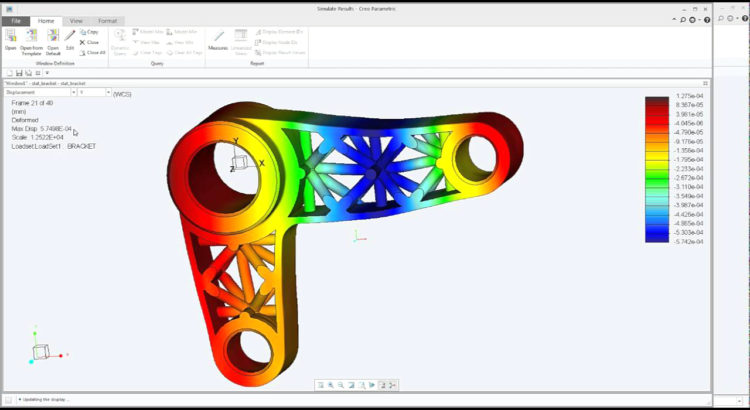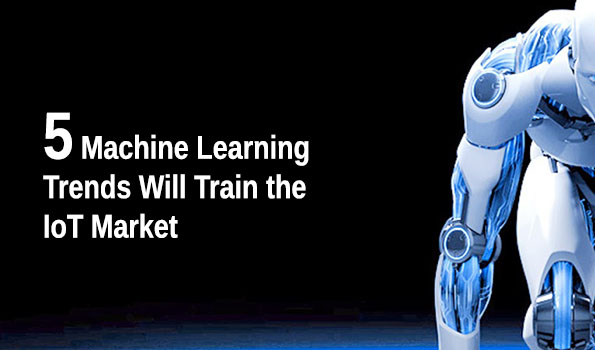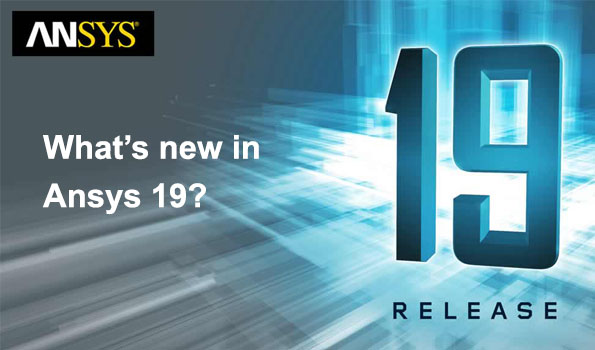The design of the apartments have evolved in the last few years, and will continue developing with technology advancements. The apartment of the future is a complete new concept, it pervades and enhances as the architects and designers adopt new styles and feats.
Below listed are a few technologies that are comprises to define apartment of the future:
These drones can drop off packets and other utilities into another apartment safely and securely. This technology will lower down the use of elevator system as it will help people in delivering things to another resident’s apartment with the help of drone.
Robotic Parking
It will become an essential feature within the apartments as the site size will decrease, and automatic parking will make systematic sequencing of cars while saving valuable space and time. As a part of robotic parking, drone landing pads will be also used so that cars can be transported vertically outside the building to the right parking location. The car drivers will then be able to instruct parking with the touch of a smartphone app.
Self-Driving Cars
Within the few years, the roads are going to experience autonomous cars dominating the urban areas. There will be special parking for those vehicles that can automatically park themselves while for human-driven cars, the apartments will accommodate robotic parking system as listed above.
Smart Exteriors
In the process of creating apartments for the future, designers will propose only the lightweight and incredible strong carbon fibre. Such kinetic façade exterior will out bring energy and movement combined with energy efficient LED lighting that will assist in growth of vegetation. Therefore, the apartment of the future will produce solar as well as wind energy as a feature of smart exteriors.
Residents in the apartments of the future are going to enjoy the on-the-go lifestyle which includes one feature as smart phone enabled entry. The residents can provide limited access time to enter and also reset the time as per the requirement. There will be bigger and functional closet spaces into rooms and also huge balconies. The residents will also experience gas cook tops and recycled glass counter tops in the kitchens.






